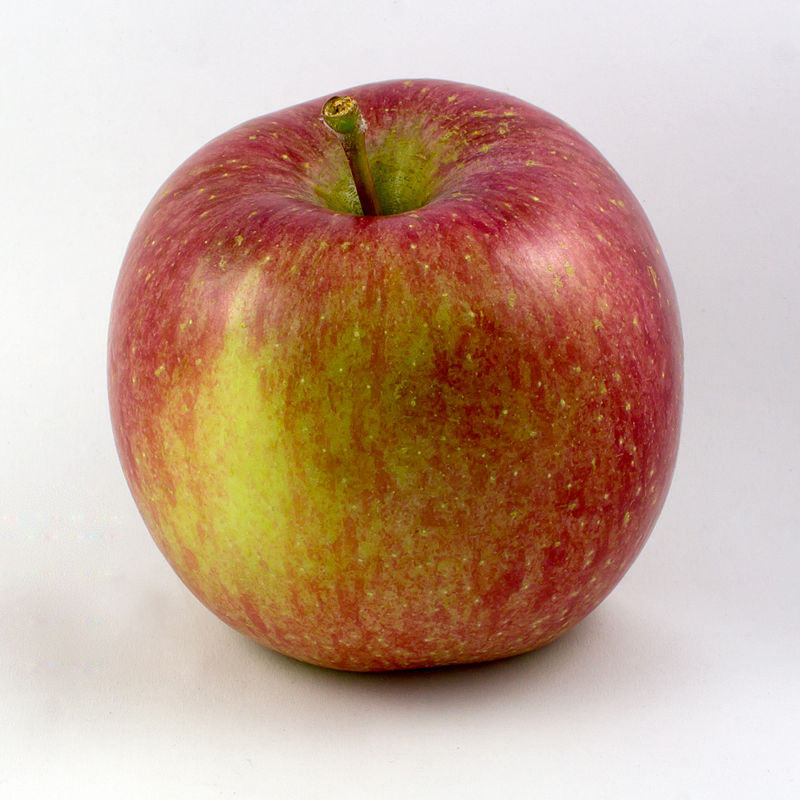
Genome sequencing of ‘Fuji’ apple clonal varieties reveals genetic mechanism of spur-type morphology
On Nov. 21, 2024, a research team from China reported a fully phased genome assembly of ‘Fuji’ apple, enabling comprehensive identification of somatic variants across 74 clonally propagated ‘Fuji’ varieties. Phylogenetic analysis indicates that spur-type and early-maturation traits in ‘Fuji’ sport varieties arise from multiple independent events.
Several putative functional somatic variants have been identified, including a spur-type-specific deletion in the promoter of the TCP transcription factor gene MdTCP11. Over expression of MdTCP11 in apple decreases plant height, highlighting its important role in the development of spur-type apple varieties. This study sheds light on the cloning history of ‘Fuji’ and provides valuable resources for apple breeding.
In plants, somatic variations refer to genetic changes that arise during the mitotic cell cycle. They are widespread in perennials, such as fruit tree crops, and contribute to genetic diversity, giving rise to new traits known as bud sports. Bud sports are a main source of new cultivars widely used in apples, citruses, pears, and other fruit trees.
In China, 33.9% of apple cultivars are selected and bred through bud sport breeding. ‘Fuji’ is one of the most prominent cultivars in apple bud sport breeding, with numerous clonally propagated varieties selected from successive generations of ‘Fuji’ bud sports.
Approximately 73.6% of apple cultivars planted in China are ‘Fuji’ bud sport clones, displaying a wide range of new traits such as spur-type growth habits, red peel, and early maturation. The primary apple-producing regions in China face challenges such as poor soil quality, frequent drought conditions, and a scarcity of suitable dwarf rootstocks.
Spur-type apple trees exhibit more concentrated flower bud differentiation and spur formation, leading to increased fruit yield and reduced pruning costs. They are characterized by a compact architecture and reduced size compared to the open-canopy form of standard-type varieties
The ability to clonally propagate mosaic or homogeneous somatic mutations is not only valuable for expanding genetic diversity but also allows us to identify mutations responsible for novel traits. This study lays the foundation for understanding the mechanisms underlying bud-sport emergence and the causative variants of bud sports, and provides valuable resources and insights for apple breeding.
Tags:
Source: Nature
Credit:
